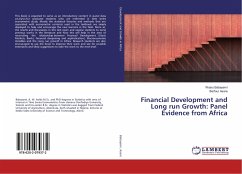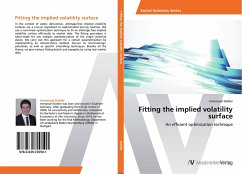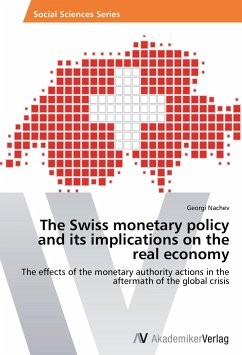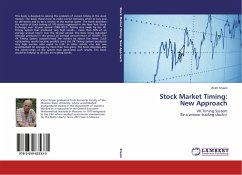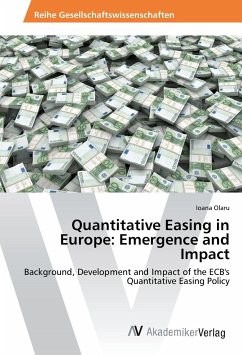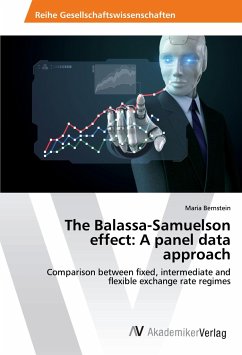
The Balassa-Samuelson effect: A panel data approach
Comparison between fixed, intermediate and flexible exchange rate regimes
Versandkostenfrei!
Versandfertig in 6-10 Tagen
27,99 €
inkl. MwSt.

PAYBACK Punkte
14 °P sammeln!
Assuming that emerging and developing countries restructure their economy, rapid productivity growth in their industrial sectors is expected. When productivity growth in an emerging market economy is higher than in the chosen industrial country, inflation will be higher in the emerging country. Thus, the consumer price index-based real exchange rate will appreciate in the long run. The annual data set in this paper consists of three 19-year panels from 1996 to 2015. The emerging market economies are allocated to a rough exchange rate classification containing fixed, managed floating and free f...
Assuming that emerging and developing countries restructure their economy, rapid productivity growth in their industrial sectors is expected. When productivity growth in an emerging market economy is higher than in the chosen industrial country, inflation will be higher in the emerging country. Thus, the consumer price index-based real exchange rate will appreciate in the long run. The annual data set in this paper consists of three 19-year panels from 1996 to 2015. The emerging market economies are allocated to a rough exchange rate classification containing fixed, managed floating and free floating regimes. The Im-Pesaran-Shin panel unit root and Pedroni s panel cointegration techniques are applied to the two stages of the Balassa-Samuelson hypothesis for each exchange rate regime panel. The impact of the effect on inflation and real appreciation suggests evidence that the simple Balassa-Samuelson effect alone cannot account for the productivity effects.





